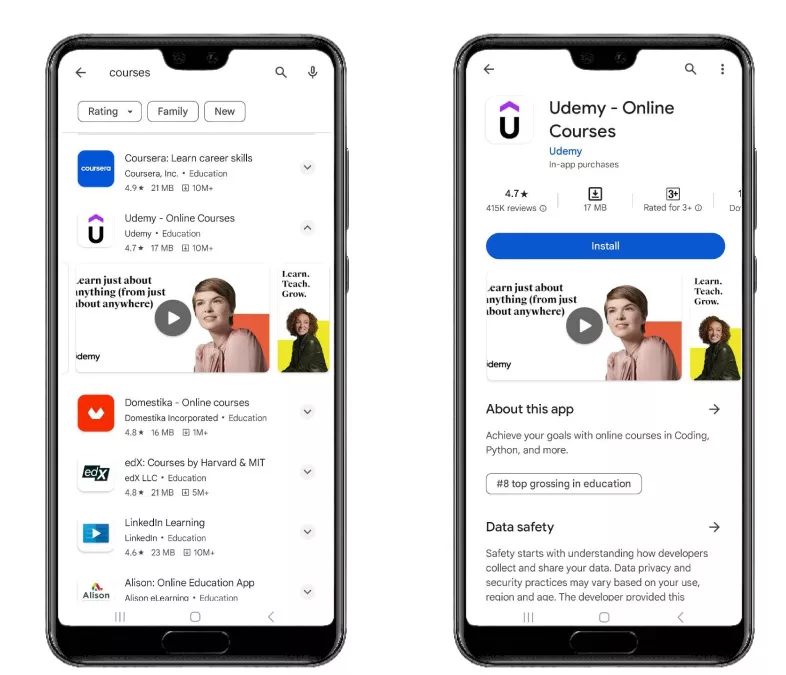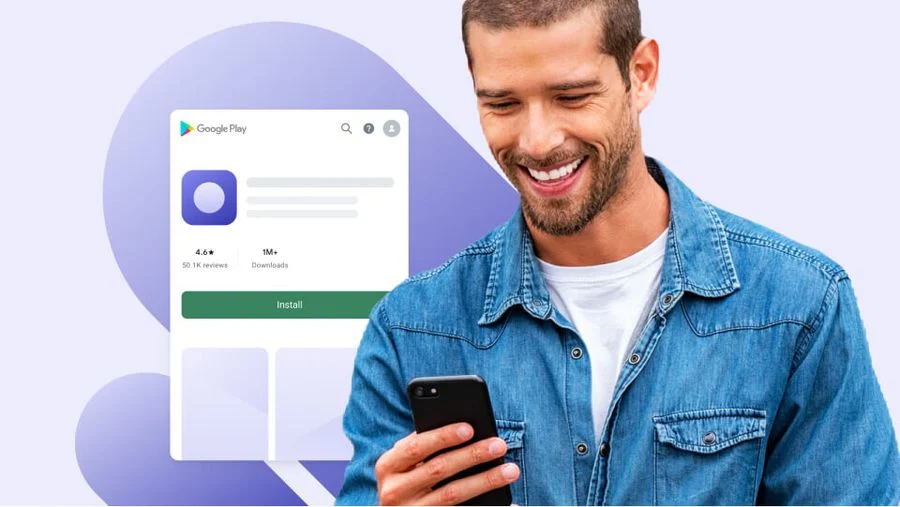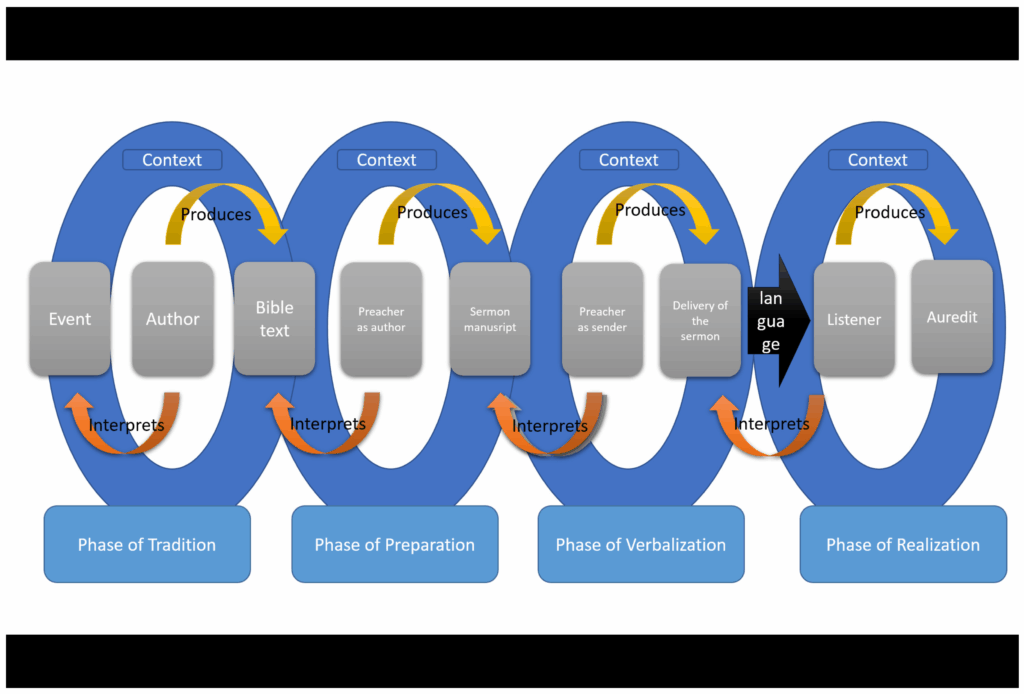How to promote your app on Google play

Learning how to promote your app on Google Play is not just about publishing it and waiting for users to come. In reality, millions of apps are competing for every single “install” click, so without a smart promotion strategy, your app can easily get lost. In this article, we’ll explore creative yet practical methods that make how to promote your app on Google Play reach more users successfully.
How to promote your app on Google Play creatively and differently

When people think about how to promote your app on Google Play, most assume it’s all about advertising. But pouring money into ads doesn’t always lead to long-term success. What truly matters is building a creative strategy that feels authentic and different. In this section, we’ll dive into three powerful methods: telling your brand story, leveraging genuine reviews, and using Google App Campaigns as a growth booster.
Telling your brand story in the app description
The description on Google Play is often overlooked, but it’s the first gateway for users to understand your app. Instead of listing features in a dry, technical way, turn the description into a story. For instance, why did you create the app? What real-life problems does it solve? A story that resonates emotionally gives users a personal reason to hit “install.”
On top of emotions, ASO optimization is key. Integrate keywords naturally into the story to improve visibility. This blend of storytelling and keyword optimization helps your app get discovered and loved at the same time.
The power of genuine reviews
Reviews and ratings are the strongest form of social proof on Google Play. New users often rely on the experiences of others before deciding to install. That’s why genuine reviews are far more valuable than fake or purchased ones.
Instead of trying to “game” the system, focus on delivering a smooth, satisfying user experience. After key actions inside the app, gently encourage users to leave feedback. Authentic 4- or 5-star reviews with detailed comments carry much more weight than dozens of empty ratings.
Responding to negative reviews in a professional and empathetic manner also strengthens your brand. It shows you care about feedback and are committed to improvement.
Using Google App Campaigns
If storytelling and reviews build a solid foundation, Google App Campaigns (UAC) serve as the rocket engine to scale installs. UAC promotes your app across Google’s ecosystem: Search, YouTube, Gmail, and the Display Network. This means your app can reach millions of potential users through a single campaign.
The strength of UAC lies in automation. Provide text, images, and videos, and Google’s system will optimize placement based on user behavior data. This not only saves time but also improves conversion rates.
To maximize results, combine UAC with your existing assets: a compelling description, authentic reviews, and polished visuals. Together, these elements create a creative, distinctive, and sustainable strategy for how to promote your app on Google Play.
Turn your Google Play page into a “living advertisement”

Your app’s page on Google Play is more than just a technical showcase. It serves as the face of your brand, the very first touchpoint where users decide whether or not to download your app. In a crowded marketplace, a creative and visually striking app page can act like a “movie poster” that draws attention and sparks curiosity. To achieve this effect, three elements are crucial: a well-designed icon and visual identity, a short yet persuasive demo video, and ongoing A/B testing to find the most effective version.
Design your app icon and visuals
An app icon may seem small, but it carries significant influence. It’s the very first thing users notice while browsing. A dull or poorly designed icon can cause your app to be skipped instantly. Conversely, a clean, memorable design that reflects your brand identity will create a lasting impression.
The layout of your Google Play page is equally important. From the arrangement of screenshots to the color palette and typography, every element should work together like a cohesive “advertising poster.” This allows users not only to understand your app’s features but also to sense its personality. Such differentiation is what makes your app stand out among hundreds of similar options.
Demo video: in 30 seconds
In today’s digital era, user attention spans are short. They don’t want to read long descriptions; they want to see how the app works. This is why a demo video becomes a highly effective conversion tool.
A 30–40 second video highlighting your app’s core benefits gives users a clear picture and helps them make decisions quickly. The video doesn’t need to be overly polished, but it must be clear, authentic, and engaging. The opening seconds should hook the viewer, while the closing moments should emphasize real-world value. Sometimes, a short demo video is all it takes to persuade users to click “install.”
A/B testing to find the “golden version”
A common mistake is assuming one set of visuals is enough. In reality, user reactions vary widely depending on small details. A different color choice, a shorter tagline, or an alternate screenshot layout can significantly impact install rates.
This is where A/B testing shines. By experimenting with multiple versions of icons, screenshots, or demo videos, you can gather real user data and identify the “golden version” that maximizes downloads. Beyond optimization, this process also shows professionalism and a commitment to continuous improvement from your app development team.
Take your app beyond Google Play to create viral effects
Promoting your app on Google Play is just the beginning. To truly stand out and generate viral effects, you need to take the app outside the store’s boundaries. When users see the app on social media, personal blogs, or within trusted communities, it feels more approachable and trustworthy. That’s how your app becomes not just installed, but integrated into people’s daily routines.
Collaborating with micro-influencers
Micro-influencers may have only a few thousand to tens of thousands of followers, but their influence within niche communities is powerful. Unlike big-name celebrities, they connect authentically and build strong trust.
Partnering with them means your app gets introduced to the right audience. For example, a language-learning app could collaborate with travel enthusiasts, while a fitness app might team up with personal trainers on Instagram. Choosing the right “seed planters” saves costs while driving strong word-of-mouth effects.
Using social media and personal blogs
Social media isn’t just for ads—it’s a stage to tell the story behind your app. Users care less about how many features an app has, and more about how it improves their lives.
Share relatable stories on Facebook, TikTok, LinkedIn, or personal blogs: the journey of building the app, the challenges overcome, or real-life stories from users. A short video about how the app helps someone study faster, save time, or stay healthier will often convince more than lines of direct advertising.
Most importantly, content on social media and blogs spreads organically. When users resonate with a story, they share it, creating a ripple effect of virality without heavy ad spending.
Creating mini-games, rewards, or challenges
Viral effects don’t just come from attracting new users—they also come from keeping current users engaged. An app that retains users naturally benefits from word-of-mouth promotion, the strongest form of marketing.
Organize small challenges within the app, such as a 7-day fitness streak, a contest for sharing learning progress, or rewards for inviting friends. These activities foster loyalty and encourage users to promote the app themselves.
Exclusive offers are another retention tool. Discounts on premium features, bonus trial days for completing challenges, or limited-time perks make users feel valued. That feeling keeps them around longer—and turns them into natural brand ambassadors for your app.
Contact Info
Information about “How to promote your app on google play” hopes to provide you with additional necessary knowledge. At Rentads, there is a team of highly qualified and experienced staff and experts who will provide rent facebook ads account as well as support when you run Facebook ads. Contact us via phone number.
Frequently Asked Questions
Yes. If repeated too often without variation, users may lose interest. Rotate strategies (mini-games, challenges, offers, community content) and monitor feedback. The key is to deliver surprise and real value, not just short-term actions.
UAC works for most apps, but effectiveness depends on the quality of assets you provide (images, videos, descriptions). Entertainment or e-commerce apps often see stronger results because user behavior is easier to track.